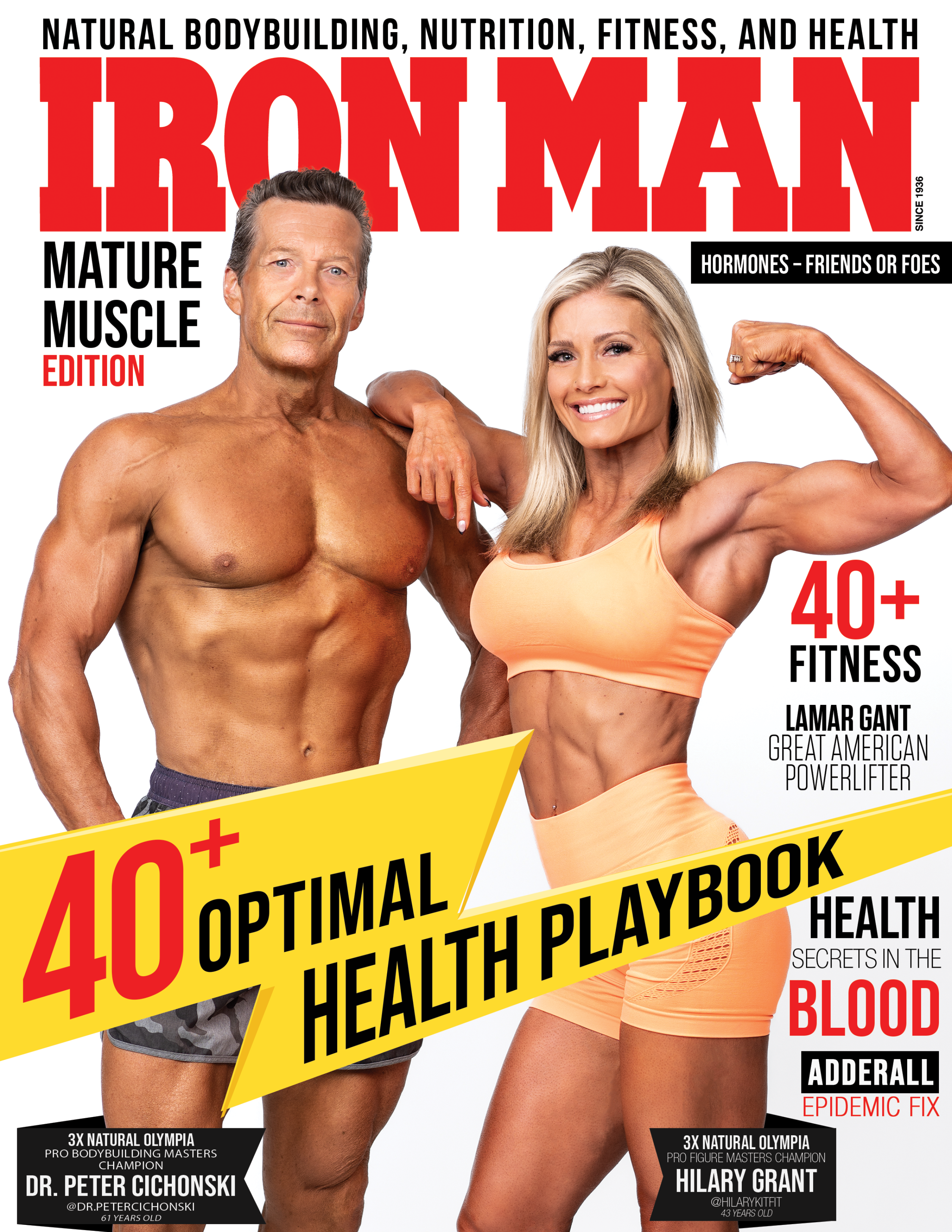A study published in Neurology (71:825-832, 2008) found that older people whose bodies are low on vitamin B12 can be at increased risk for brain shrinkage, which is associated with Alzheimer’s disease and dementia. Subjects who had the lowest B12 levels but were not classified as vitamin deficient had a sixfold greater rate of brain-volume loss than those who had the highest amounts of the vitamin in their bodies.
Exercise can improve mood and mental functioning by altering the release of brain chemicals that promote good feelings. They include natural painkillers such as endorphins and enkephalin, which are released in the brain to counter the pain associated with exercise.
Even though such pain is considered desirable by most people, the brain still makes adjustments by releasing the natural analgesic chemicals that modulate pain while uplifting mood.
But how much exercise does it take to improve your mood? A recent study examined subjects who filled out a mood-state inventory after engaging in three bouts of exercise on a stationary bike: 10, 20 and 30 minutes.1
The level of exercise intensity was moderate at 60 percent of maximum oxygen intake. The benefits of this level of exercise included improvements in vigor, fatigue and total mood. They became evident after only 10 minutes of exercise, peaking at the 20-minute point. After that no added benefits occurred.
Based on those findings, the authors suggest that maximum mood improvements with exercise occur in 30 minutes, and that’s all it takes to feel significantly better. Now, if we could just figure out a way to put stationary cycles in cars stuck in traffic, life might be brighter for everyone.
1 Hansen, C.J., et al. (2001). Exercise duration and mood state: How much is enough to feel better? Health Psychology. 20:267-275.
More in
-
The Ultimate Valentine’s Day Partner Workout
Valentine’s Day is the perfect time to connect with your significant other in a fun and meaningful way. While chocolates, flowers,...
February 12, 2025 -
Unlock Your Shoulder Potential Today: A Complete Guide
In the fitness world, shoulders are more than just a muscle group—they’re a statement of strength, stability, and athletic potential. Understanding...
January 15, 2025 -
Build a Bigger Back and Stronger Biceps Today
Training your back and biceps is non-negotiable when it comes to achieving that classic V-shaped physique. These muscle groups work harmoniously...
January 7, 2025 -
New Year, New Gains: A Weightlifting Blueprint
It’s that time of year again when we set out to conquer our New Year’s resolutions. For many, this means prioritizing...
December 29, 2024 -
The Essential Guide to Counting Macros
If you’ve ever wondered how to take your health, fitness, and nutrition to the next level, learning how to count macros...
December 23, 2024 -
Eating Tips and Home Workouts for The Holidays
The holidays are a time of joy, celebration, and indulgence, but they can also be a minefield for your health...
December 16, 2024 -
The Benefits of Customizing Resistance on Cable Machines
What Are Cable Machines? Cable machines are a staple in gyms worldwide, designed to provide constant tension on muscles through a...
December 8, 2024 -
Push vs. Pull Days: A Complete Guide to Balanced Training
When it comes to structuring your workout routine, the terms “push” and “pull” days frequently pop up among gym enthusiasts and...
November 28, 2024 -
The Role of Carbohydrates in Muscle Growth and Recovery
After a tough workout, your muscles are craving nutrients, and carbohydrates are key to recovery. They act as your body’s refueling...
November 24, 2024




















You must be logged in to post a comment Login